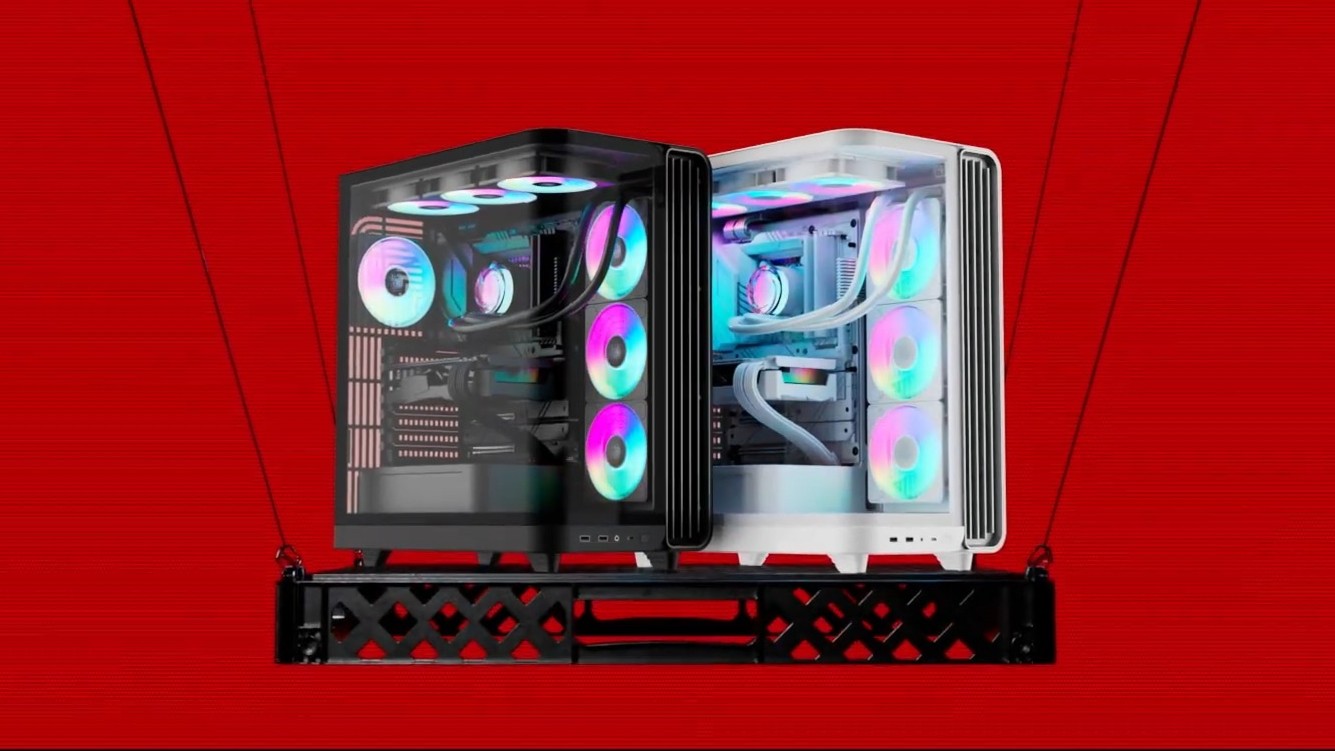Minecraft: Bedrock Edition is closer in parity to the Java Edition than ever before
One game, two versions.
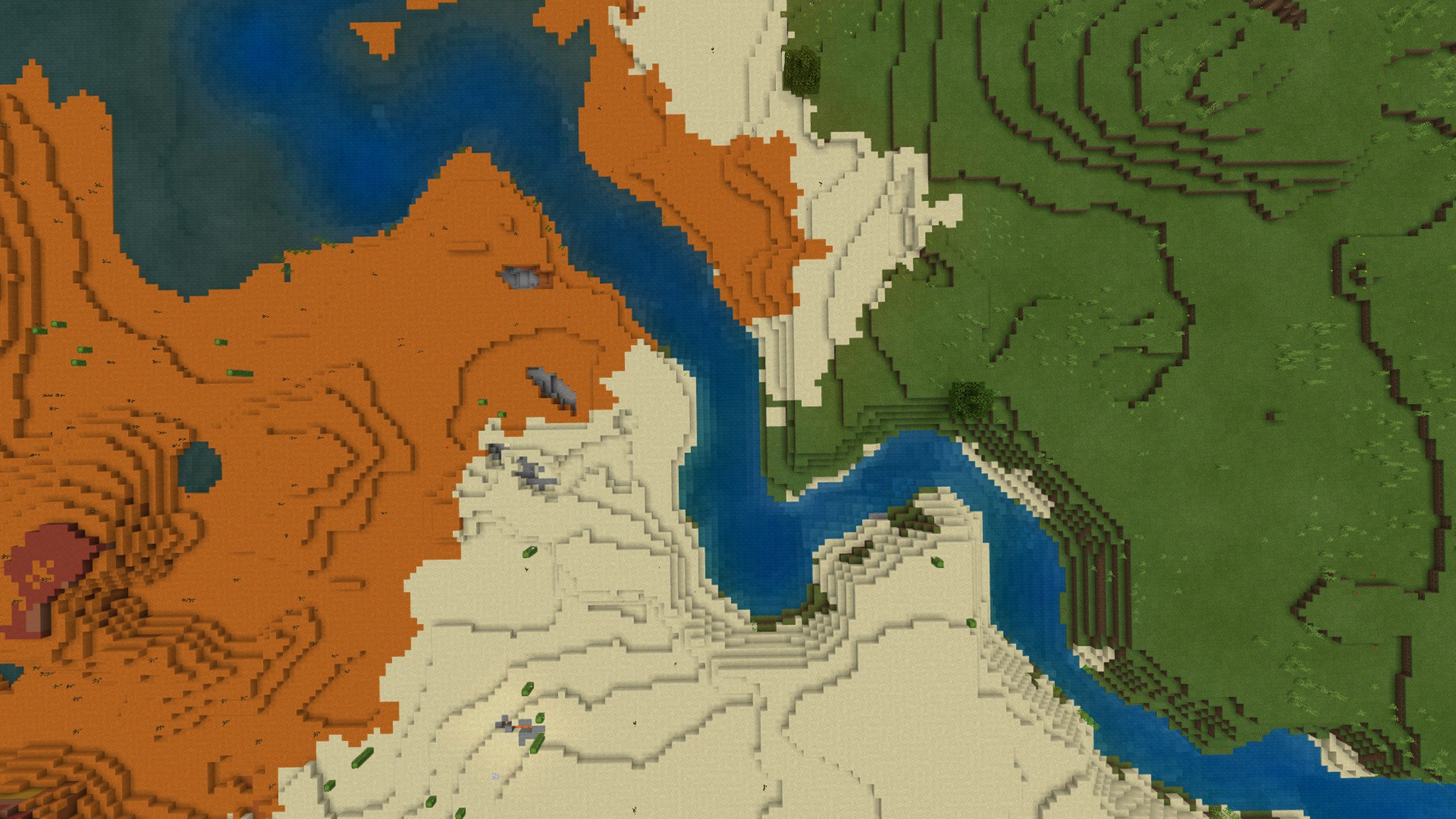
At this point in time, almost everyone is intimately familiar with Minecraft, the open-world sandbox survival game that revolutionized an entire generation of gaming. Whether Minecraft's distinctive mechanics and creative allure resonates with you does little to change the fact that Minecraft is played by hundreds of millions of people a month, and has become one of the best selling games of all time, bar none. Most of the records the game has set were made months ago, and have only grown more impressive since.
For many years, however, Minecraft has been struck with several cases of an identity crisis. Only one version of Minecraft has remained consistent through the years, while many others have come and gone. After Pocket Editions, Console Editions, even Pi Editions, Minecraft has finally settled on two lanes of development for the incredibly popular title: the Java Edition, and the Bedrock Edition.
This has been the case for over two years now, but the two versions of Minecraft are still very much different games. There's a lot of confusion about where these two versions come from, when and where you should play either one and why Mojang and Microsoft continue to invest in what is essentially two separate games. I'm here to set the story straight.
Related: How the company BlockWorks accomplishes magic inside of Minecraft
A bit of history first
Minecraft started as a passion project by developer Markus Persson (commonly known as "Notch"), in the faraway past of 2009, and first became available as a very early pre-alpha on May 16, 2009. Back then, the game was little more than a fanciful concept inspired by other popular games of the time and had barely earned its infamous title (fun fact, the game was just referred to as "Cave Game" in its early development phase). Over the next two and a half years, the game would evolve until it was finally fully released on November 18, 2011. This was Minecraft, and it very quickly took over the gaming world.
Minecraft, in its early years, even before its official release, inspired an absurd number of changes in the gaming world and quite possibly helped YouTube kickoff as the content platform behemoth it has evolved into. A lot of successful gaming YouTubers found their beginning in Minecraft, and even a decade later, Minecraft videos garner millions of collective views. That version of Minecraft persists today and is now referred to as the Java Edition (because of its reliance on the Java platform).
It wasn't long before Mojang, the company behind Minecraft, decided to expand their roots. They started with Minecraft: Pocket Edition, which was a stripped-back version of Minecraft built for mobile platforms like Android and iOS. The Pocket Edition missed a ton of features and play mechanics, but opened the game up to millions of more players who didn't have access to a more powerful PC.
All the latest news, reviews, and guides for Windows and Xbox diehards.
The Pocket Edition came out in August, 2011, and would continue to evolve in a semi-permanent alpha phase until 2016, where it was more-or-less the same as full-blown Minecraft. In 2012 and 2013, Minecraft also found its way to consoles, starting with the Xbox 360, then the Playstation 3. Fast forward to 2014, and Minecraft was once again expanding with new—separate—versions for the Xbox One and Playstation 4. Minecraft's ability to assimilate onto different platforms was impressive, and the game saw vast amounts of success no matter where it went. Still, it was clear the game was becoming too fragmented.
The original Java Edition of the game always had priority with updates and new content, while other versions would lag behind and falter in quality and consistency. The game was never unplayable on other platforms, but players would sometimes wait months to see features that the Java Edition had already been enjoying. Minecraft needed to evolve.
Enter the Better Together update.
For the first time, Minecraft wanted to be the same across all versions. The Better Together Update brought the Pocket and Console Editions together under one roof, promising the same updates and features across the entire lineup. Not only that, but the update also promised cross-play support for multiplayer, meaning players on various platforms would be able to play with anyone playing the same version. All of this became possible because of the new Render Dragon engine and various other backend improvements, which Mojang dubbed "Bedrock." Hence, the birth of Minecraft: Bedrock Edition.
There was finally cohesion between versions, and everything was coming together.
Finally, there was cohesion between versions. Everything was coming together, with one version that supported cross-play, private servers known as Realms, and the promise of consistent updates released simultaneously across platforms. Better yet, the new engine allowed the game to continue to run on any hardware, while still supporting the same features and paved the way for future technologies like ray tracing support with NVIDIA.
The Bedrock Edition was officially released on September 20, 2017. It was an excellent day for Minecraft, and despite some bugs, and a frustratingly long wait for the Playstation 4 to join ranks, the Bedrock Edition has made Minecraft more accessible, more reliable, and better in pretty much every way.
Except for one teensy fact: the Java Edition still exists.
They're still very different games, but they're closer than ever
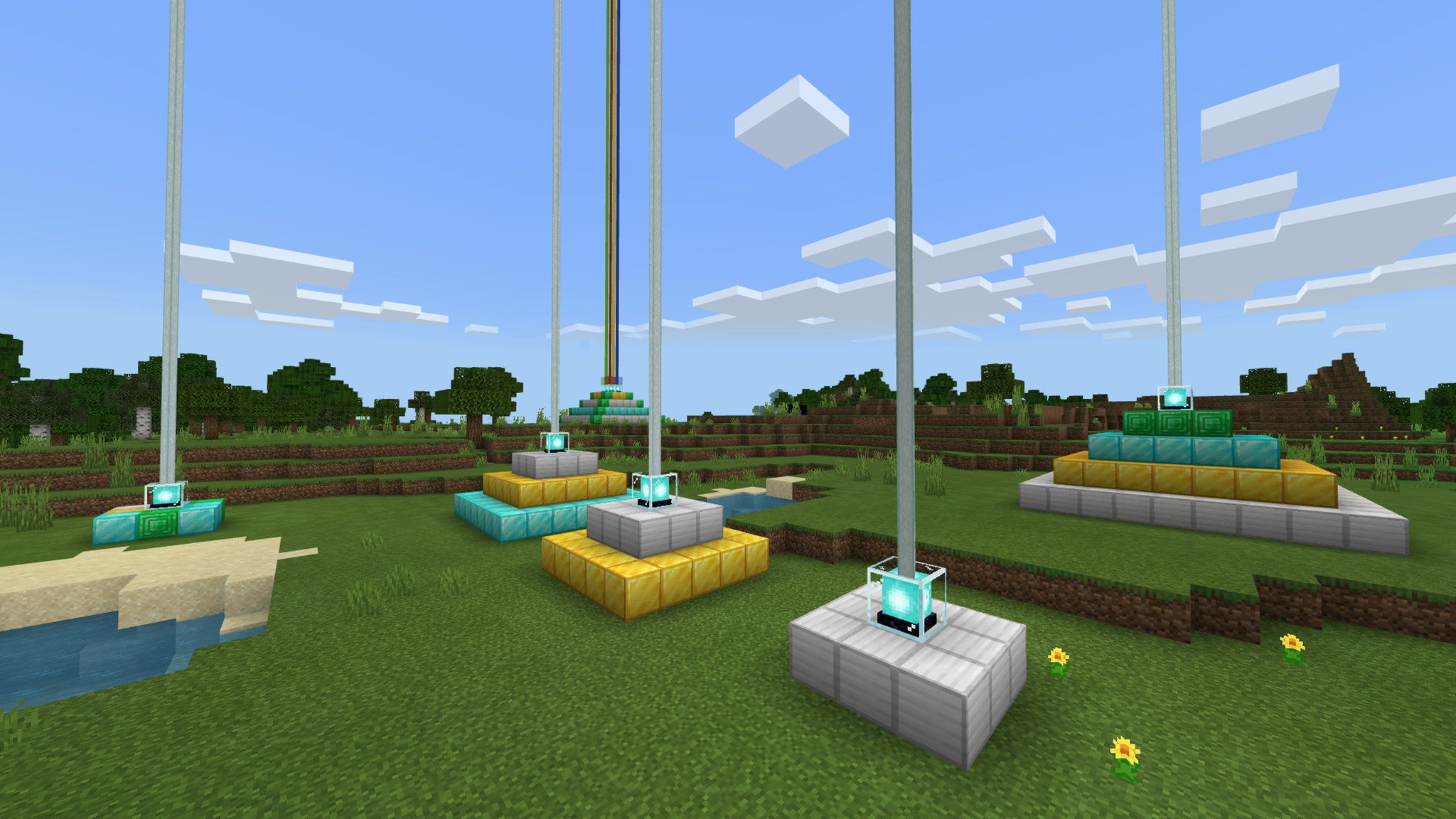
Despite the desire for Minecraft to become a unified game across platforms, Mojang still actively develops and refines the Java Edition separately from the Bedrock Edition. The list of differences between the two varies massively from big pain points like support for mods or any number of minuscule differences like how many "inventory" spaces a piglin has, or how many of certain items you might get in a chest somewhere.
It stretches on for miles, and from the player's standpoint, it's hard to see just how big the gap is, only that, for some reason, the Bedrock and Java Editions still play, look, and feel different from each other. We could dedicate an entire 10,000-word article just listing the thousands of tiny differences between the versions, but why do these differences exist, and why does Mojang bother to invest in both?
Mojang can't abandon one version without seriously harming the Minecraft community.
That's because both versions do things the other simply cannot. The Java Edition's older foundations would run terribly on lower-powered hardware even with serious optimizations and isn't flexible enough to mold to restrictive touch inputs or switch between multiple inputs quickly. Alternatively, the Bedrock Edition's more modern and streamlined base means it's less open to modifications, and it loses the focus of some of Minecraft's more hardcore players.
Mojang and Microsoft can't abandon one without seriously harming the Minecraft community, so both versions continue to exist. This still doesn't explain why there is such an abundance of discrepancies between the games. After all, if Mojang does need both games to exist, surely it would be in their best interest to make them as close to each other as possible?
News flash: every update brings the games ever closer together.
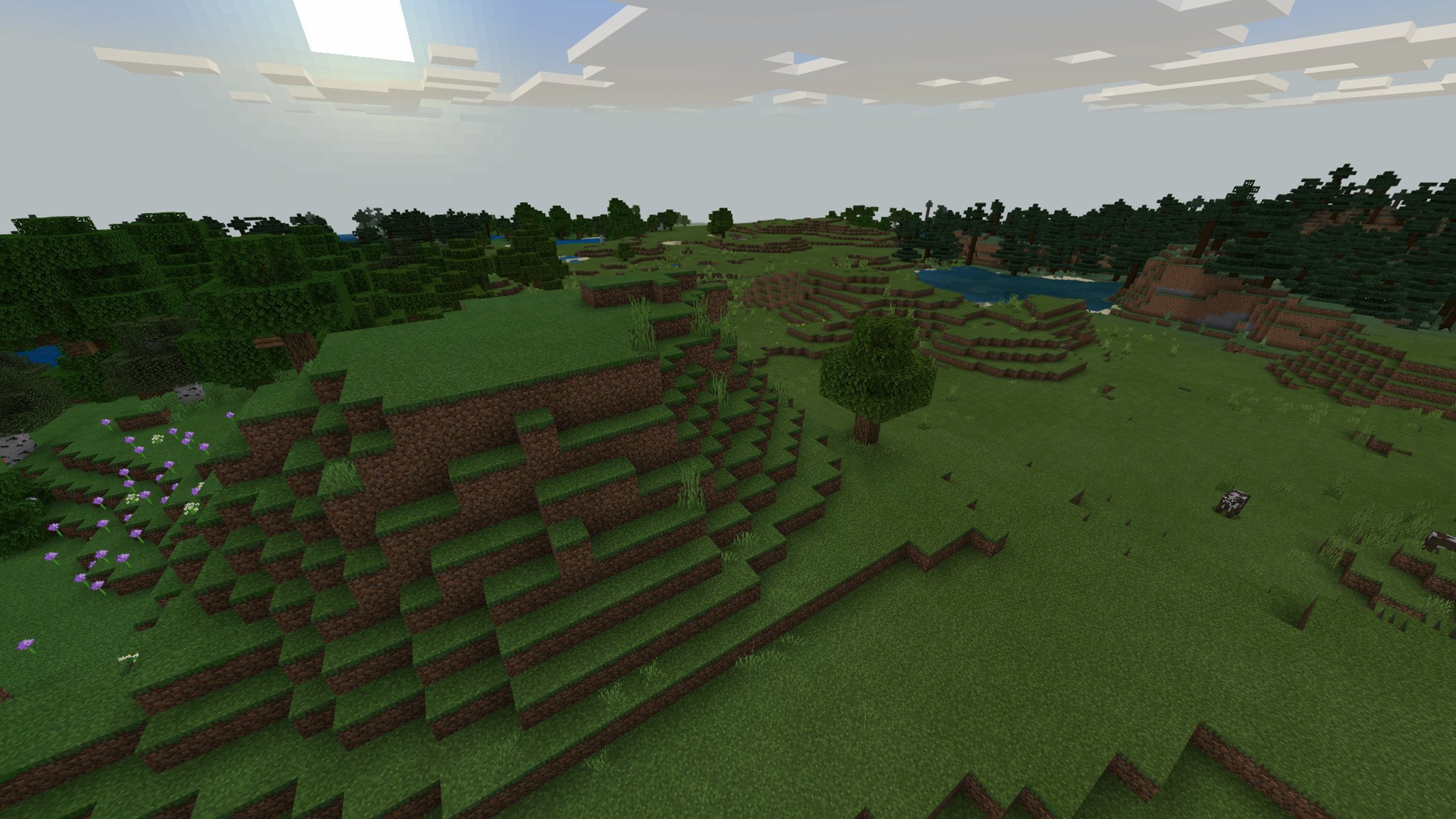
Minecraft: Bedrock Edition and Minecraft: Java Edition started on opposite ends of the spectrum by necessity, since they both catered to very different audiences and had opposing philosophies to accomplishing this. With two separate teams working on each version, Mojang had their work cut out for them. This without the fact that the Bedrock Edition needs to reach lower-powered hardware than the Java Edition and simply can't do some of the things the Java Edition can do. Why should players on the Java Edition downgrade for the sake of parity?
Pulling off the Bedrock Edition at all was a feat in itself, and bringing it in line with the decade-old Java Edition is another ocean of work on top of that. This is why most of the changes and fixes that bring the games closer together...are ones you'd never notice. For example, the next major update for Minecraft, the Nether Update, brings the version numbers of the two editions together for the first time since launch.
Other changes sneak into changelogs without anyone noticing, like for the first Nether Update beta that came to Minecraft: Bedrock Edition. Who would notice that iron bars now render the same in the player's hand or inventory between the two games? Also, the color for the Bad Omen effect received from Pillagers is now a darker shade of green. Amazing.
The moves towards parity are slow and won't be seen by most people, because they're too busy playing the game to notice. Mojang also has to be selective by the changes they make, and that the hundreds of millions of people playing the game aren't adversely affected by "pointless" parity improvements. If the choice was between excellent performance on your phone and increasing the number of things piglins can hold in their inventory, I think I know what most people would choose.
Both versions can and will continue to co-exist

Mojang knows intimately the differences between their two versions of Minecraft, more than any random person on the internet could, me included. They also know better where to make the changes to bring the Bedrock and Java Editions closer together. Even more importantly, they know when not to make changes. The two versions are and will be different than each other in multiple ways, and they're not afraid to tell you that themselves.
All this is beside the real point. The title may be talking about parity between versions of Minecraft, but the true point of this article is how much it doesn't matter. Mojang will continue to improve and refine both games while piling on new features like it was your first plate at Thanksgiving dinner, and people will continue to play the version that fits best for them anyways. The thousands of tiny fixes Mojang has implemented won't convince anyone to switch to the other version, because those things don't matter.
Both versions exist, and always will, because they're there to accomplish completely different things.
The reason both versions exist and will always be, in some ways, different, is because they're there to accomplish completely different things. If Mojang didn't need to have both the Bedrock and the Java Editions, they wouldn't. But you can't easily support mods on Bedrock without breaking the game for everyone, and making it a worse experience, just like Java isn't the ideal platform for cross-play support or ray tracing.
And that's alright. Yet I see so many people caught up in fighting for whichever version is "superior" to the other precisely because of these differences. From forum posts to replies on Twitter, and even a handful of comments on my own articles about Minecraft, some people can't help but once again assert how much better the Java Edition is over the Bedrock Edition as if they're worried that their silence will encourage Mojang to do away with the Java Edition altogether.
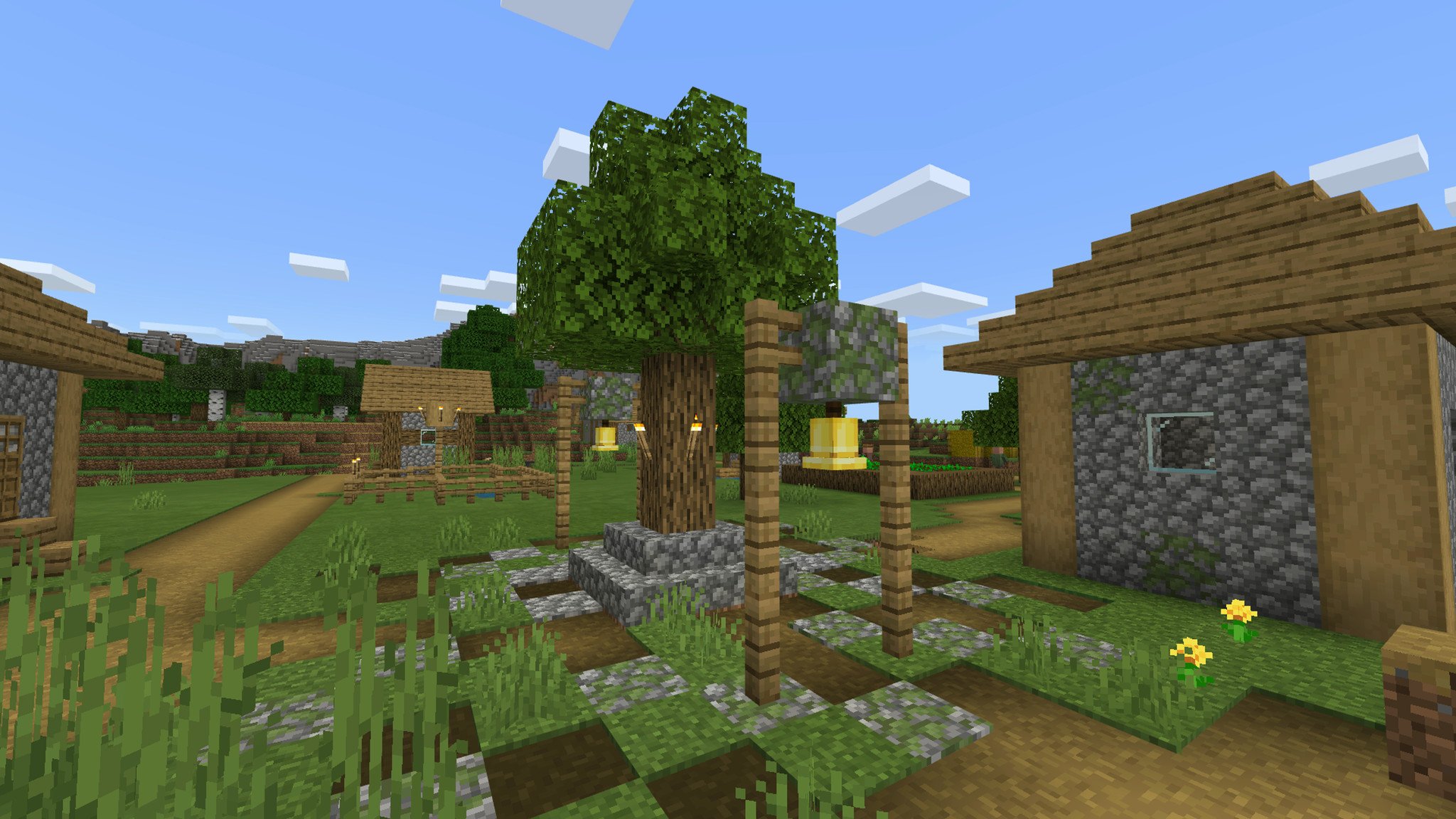
Minecraft: Bedrock Edition is the better Minecraft game for the vast majority of people. That's not an opinion; it's a simple matter of numbers. That version of Minecraft is available in far more places, on more platforms, and supports more forward-thinking features like cross-play support for people wanting to play with their friends and families. It runs better on most hardware and does so without a feature that most people playing Minecraft does not care about: mods.
The Java Edition is not "better." It's not worse either. Instead, the Java Edition is the perfect Minecraft game for those who have a decent gaming rig, and want to take Minecraft to the next level with mods, additional content, or simply want to be on the forefront of everything Minecraft with access to experimental features through snapshots, often before the Bedrock Edition gets beta updates. It's almost like they're the same game...but with different focuses.
A brighter future for Minecraft
The game for the casual 90% or the committed 10%. They're both of equal priority to Mojang, and they should be to you too. Even if you're one of those who takes full advantage of everything the Java Edition offers, that doesn't downsize the fact that there are five other people out there loving every second of Minecraft from their Xbox One, Nintendo Switch, or even they're $100 smartphone their parents bought for them.
Either way, Minecraft has bigger and better than ever. Between the massive updates planned for Minecraft (and the practically infinite directions they could expand in), the third-party dungeon crawler that is Minecraft Dungeons, and the mobile AR adventure Minecraft Earth, the future for Minecraft has never been brighter.

Available everywhere you play.
Minecraft is a veritable, inarguable, and complete success. It has sold copies in the hundreds of millions, has a massive following of dedicated players, and lets you unlock your every creative desire. It's also available on every platform imaginable, including Xbox One, Windows 10, Playstation 4, Nintendo Switch, Android, and iOS. Play with anyone, and play anywhere.
Xbox
Main

Zachary Boddy (They / Them) is a Staff Writer for Windows Central, primarily focused on covering the latest news in tech and gaming, the best Xbox and PC games, and the most interesting Windows and Xbox hardware. They have been gaming and writing for most of their life starting with the original Xbox, and started out as a freelancer for Windows Central and its sister sites in 2019. Now a full-fledged Staff Writer, Zachary has expanded from only writing about all things Minecraft to covering practically everything on which Windows Central is an expert, especially when it comes to Microsoft.
